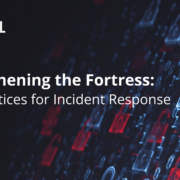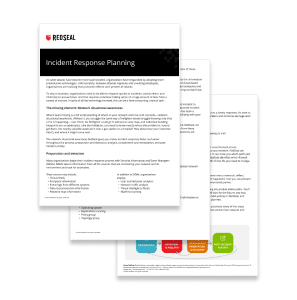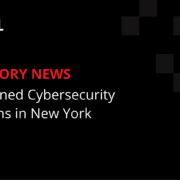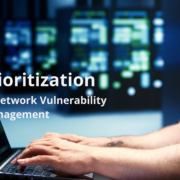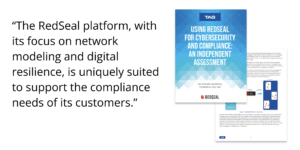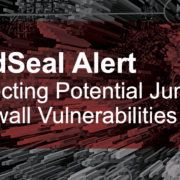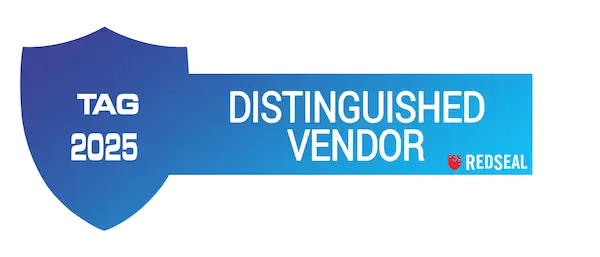Keeping an Eye on IPv6 in Your Hybrid Network
IPv6 has its advantages
With the proliferation of connected devices, organizations everywhere are making the transition to Internet Protocol version 6 (IPv6). Beyond having astronomically more usable addresses than its IPv4 predecessor (2128 vs. 232), IPv6 has several other advantages, including:
- Easier administration: IPv6 simplifies address configuration through Stateless Address Autoconfiguration (SLAAC) and DHCPv6 (Dynamic Host Configuration Protocol for IPv6). This reduces the likelihood of misconfigurations and makes it easier for organizations to manage their networks securely.
- Improved routing efficiency: IPv6 eliminates the need for Network Address Translation (NAT), a practice used in IPv4 to conserve address space. NAT can introduce complexities and potential security vulnerabilities. With IPv6, devices can have globally routable addresses without the need for NAT.
- Enhanced security: IPv6 incorporates security features that were not present in IPv4. For example, IPsec (Internet Protocol Security) is mandatory in IPv6, providing a framework for securing communication at the IP layer. IPsec can be used to encrypt and authenticate data, ensuring the confidentiality and integrity of network communications.
Overall, IPv6 tackles the many limitations and challenges of IPv4 while providing a scalable, efficient, and secure foundation for the future growth of the internet and the proliferation of internet-connected devices.
But the transition can be tricky
While the goal is to eliminate the use of IPv4 entirely, many corporations and governments are expected to maintain dual-stack networks—using both IPv4 and IPv6—for the foreseeable future. The U.S. Office of Management and Budget (OMB) has mandated that 80% of IP-enabled assets on federal networks must be operating in IPv6-only environments by the end of its 2025 fiscal year. Meanwhile, IPv6 has been growing unchecked in corporate networks for years, right alongside IPv4.
For too long, organizations have been able to put off the IPv6 transition as a challenge for tomorrow, but the pressure is now on. Cloud adoption is driving up IPv6 use, and unexpected IPv6 pathways are rife with risk. In the worst cases, firewall bypasses can spring up due to unintentional differences between old IPv4 and new IPv6 fabric. Ultimately, IPv6 adoption means bigger networks and more connections—and risks—to manage. Who’s keeping an eye on IPv6 in your network?
IPv6 intelligence for your evolving network
Wherever your organization may be on its journey to an IPv6-only network, you need the ability to answer fundamental questions about IPv6 in your network, and RedSeal can help:
- What percentage of my total network assets are in IPv6-only environments?
- Is this subnet truly IPv6-only?
- What does this IPv6-only subnet look like?
- Which specific devices need to be upgraded to IPv6?
- How are IPv6 subnets connected to other parts of my network?
- Has the introduction of IPv6 created security gaps in my network?
RedSeal delivers the visibility and network context you need to understand where and how IPv6 is being used in your network and what impact it has on your security and compliance initiatives.
Contact us for more details
For more information about how RedSeal can help you minimize risk and maximize resilience in your IPv6 and dual-stack networks, download our IPv6 datasheet and then schedule a demo with one of our cyber-savvy product experts today.
Additional IPv6 resources:


